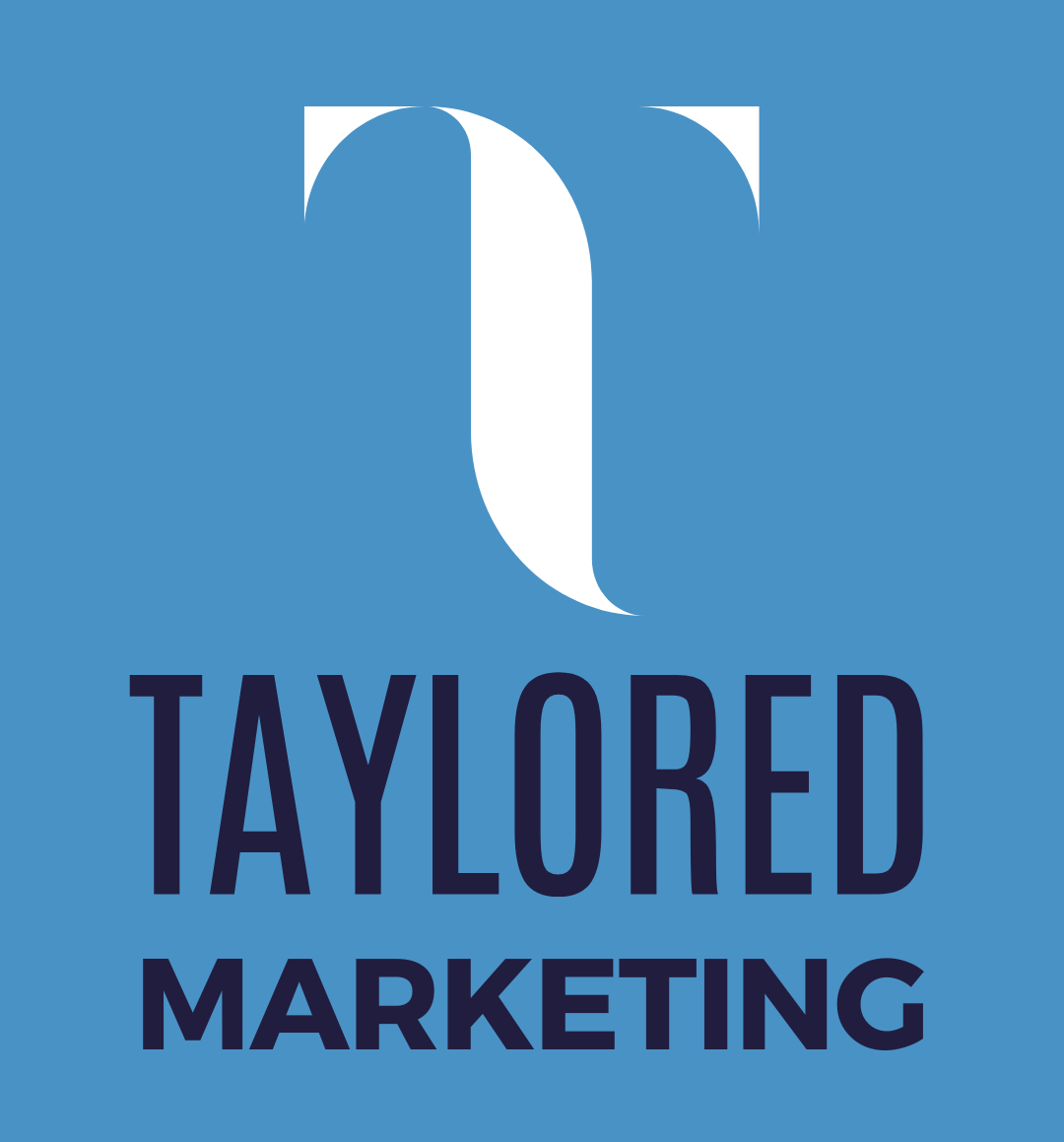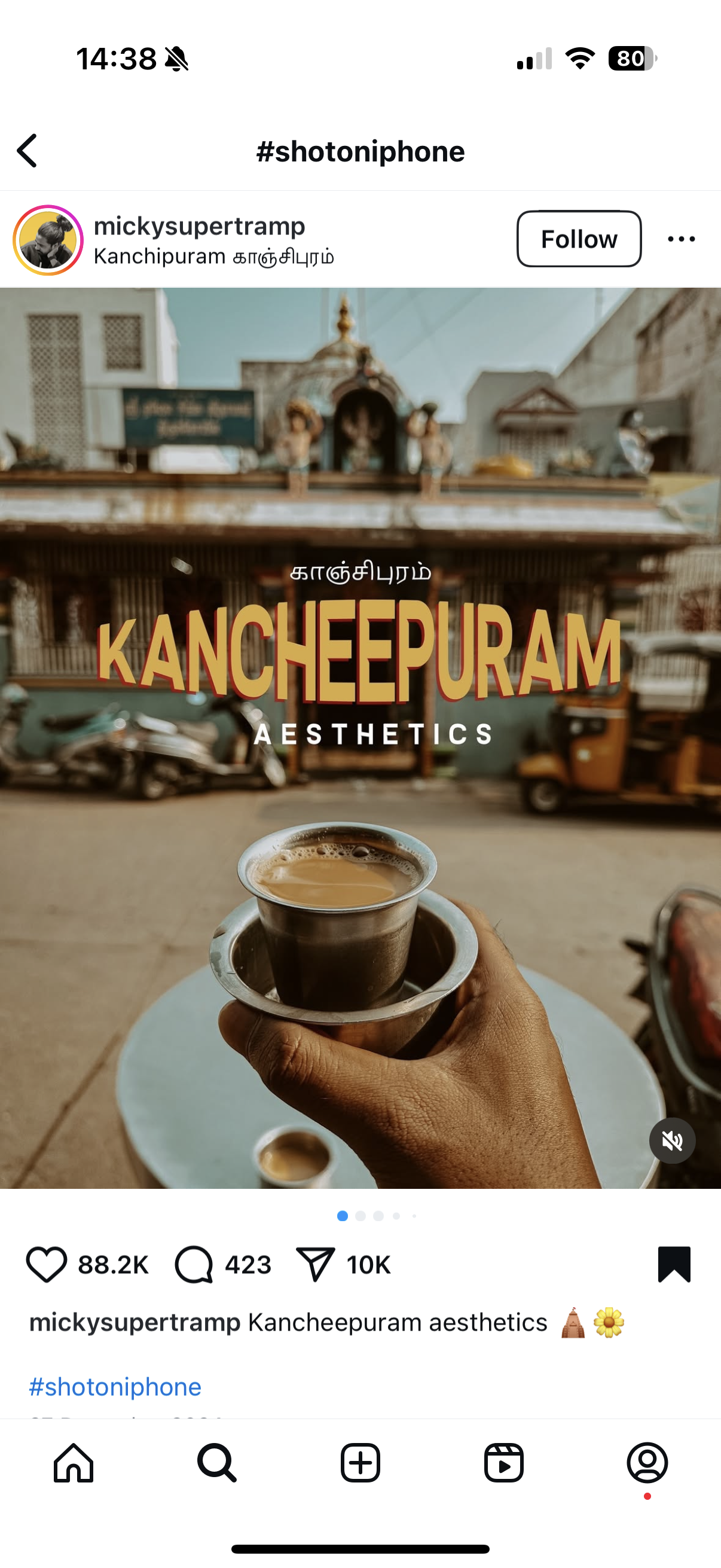Draw Them In, Don’t Scare Them Off! Applying Urgency to Your Marketing in the Right Way
We’ve all been on the wrong end of a ‘hard-sell’ at some point in our lives. A recent experience left a bad taste in my mouth, and reminded me of how much pressure sales tactics can be a turn-off. On the other hand, creating urgency within your marketing can prompt decision-making and turn window-shoppers into customers, ethically. Here’s how to get the balance right.
Marketers are in the business of selling. However, good marketing that resonates with its audience and fulfils a need shouldn’t feel like selling to the customer.
At the other end of the scale are high pressure-sales tactics. These want people to act on impulse and emotion over rational decision-making, and often raise moral questions.
This week, I’ve been on the other end of a ‘hard-sell’ several times. Each instance was a reminder of how powerful creating a sense of urgency among potential customers can be, while highlighting the negative feelings that can arise when these tactics go too far.
I pull apart the urgency elements of the ‘hard-sell’, and lay out how they can feature as part of an ethical marketing strategy.
Selling the Dream
I arrived in Brisbane a couple of weeks ago and attended a free ‘entrepreneur’ conference. It was headlined by a charismatic business owner with a high net-worth and a stake in over 80 businesses. His time on stage began with his amazing rags-to-riches story before he outlined the key principles which have resulted in his business success. He was highly motivating and, over the next two hours, he captivated the room. He ended his session with a once-in-a-lifetime offer for his exclusive four-day business coaching event and digital training course. The hard-sell began.
On several slides he outlined the content you would receive as part of his offering; 40+ hours of online training, 1-to-1 consultancy calls with his staff, exclusive attendance to a four-day event and more. He totted up the value of each item and came to a total of over $100,000. He then proceeded to add more content before offering discount after discount. He ended his pitch by slashing the price by a further 50% for the first 60 customers, before urging the crowd to sign up at the back of the hall. At first, a few people stood up hesitantly. Then, others joined them. Soon, people were heading towards the army of clipboard-holders in their droves.
I will admit, I was ready to join them. I turned to my friend. ‘Let’s go’ I said, halfway out of my seat. He shook his head. ‘I hate getting sold to.’ I hesitated. It was the pause I needed. After a few seconds I realised, I wanted the course, but I didn’t need it.
I had been primed to make a decision in the heat of the moment. Looking back, the decision to buy could have put me under financial strain. As a result, the ‘hard-sell’ tactics actually deterred me from making a purchase decision afterwards.
Nonetheless, I was reminded of how powerful urgency tactics can be. Used in moderation, they can be a highly effective part of an ethical and well-rounded marketing strategy.
Creating Urgency
I attended similar free business talks throughout the week, and soon identified a common pattern. The presenter would draw you in with a strong talk and then hit you with an offer that seemed such good value that the foolish thing to do appeared to be walking away and not taking it.
Each speaker achieved this by building a sense of urgency to buy which prompted people into making a purchasing decision.
I’ll break down the most powerful components of these sales pitches, and demonstrate how they can be deployed within an ethical marketing strategy to bring people closer to the ‘Checkout’ button.
…through Discounting
We live in a discount culture. If we’re in a supermarket, our eyes are naturally drawn to the brightly coloured labels that tell us there is a potential ‘deal’ on. The same draw takes place online, with limited-time offers boosting conversion rates by up to 332% in some eCommerce settings. The beauty of a sale price is that the customer has to make the decision to buy then and there, or risk missing out on a deal. You are combining better value with a deadline to motivate people to come to a decision.
The ‘live’ discounting which took place at the in-person conference was extremely motivating. While this is a more extreme example, here as some ways in which you can deploy discounting online to create urgency:
Publicise Sale Price Time Periods – State when price increases are going to take place (Final Week of Sales! Or ’48 Hour Flash Sale’) to give people a timeframe to consider buying. Countdown timers are proven to be effective; adding a timer to a landing page can increase conversion rates by up to 30%. You can also add these timers to marketing emails and social media posts.
Feature ‘Sales’ Pages - Add a ‘Sale’ section to your website and consider having permanent ‘Stock Clearance’ or ‘Line Discontinuation’ sub-pages or filter options.
Ride the Waves of Global Sale Events - Shoppers who are browsing are more likely to buy during these periods. Add discounts that tie in with global sale events when people are in the ‘bargain-hunting’ mindset, such as Black Friday, Cyber Monday or the January/New Year sales.
Early Bird Discounting for Events – Eventbrite notes that Early bird tickets account for 30–50% of total event ticket sales on average when offered. Where possible it’s apt to add Early Bird to event tickets to encourage early sales in advance of the event. You can also opt to extend this deadline due to ‘popular demand’.
Deploying discounting tactically will bring engaged shoppers closer to a buying decision.
DFS is a UK furniture seller. Their business model is so heavily linked to sales that I was sure their acronym stood for Discount Furniture Store (It’s actually Direct Furniture Supplies). They have so many sales on throughout the year that it seems you’d be unlucky if you ended up buying a sofa at full price! Nevertheless, their ads and website always create a feeling of urgency to buy now and take advantage of a discount. The four-years interest free credit option is also a big draw.
…through FOMO
It’s the worst, isn’t it? Those ‘what ifs’. Sometimes we can find ourselves preoccupied with what we didn’t do rather than our reality. Introducing FOMO. Our amygdala, the emotional processing part of the brain, kicks in when we experience ‘FOMO’, triggering feelings of anxiety and stress. The result? FOMO drives 60% of people to make purchases, often within 24 hours.
The conference managed to cultivate FOMO perfectly. Not only were we aware that there were only 60 discounted places, but we could physically see people heading to the back of the room to take the spots. When it comes to online marketing, we can create urgency through FOMO in some of the following ways:
Time or Quantity Limited Offers – Stating that an item is in limited stock can increase sales by up to 226% compared to regular listings, according to Vitals, a Shopify store tool. Consider ‘Limited Availability’ or ‘Low Stock Alerts’ labels, or a discount for the first ‘X’ number of buyers to prompt people into making a purchasing decision.
Customer Testimonials – Customer feedback is key when making a purchasing decision; 92% of consumers read online reviews and testimonials when considering a purchase. Encourage photos and (honest!) positive reviews from real customers who have already enjoyed the benefits of your product. If you offer a service, testimonials which feature sales figures or percentages that demonstrate the added value of your offering can be particularly effective.
Trend on Socials - Get pictures of your product trending on social media through a hashtag campaign. This will have the added benefit of creating a sense of community among your customers.
Naturally, we don’t want to miss out on what could be a good opportunity. Take advantage of this feeling by offering added value to entice shoppers into making a buying decision sooner.
#ShotoniPhone
Apple nailed FOMO. First launched in 2015 to showcase the iPhone 6’s enhanced camera, its ‘#ShotoniPhone’ paired a successful social media campaign with the promotion of a product feature. It cultivates a feeling of community and inclusivity among its customers while creating FOMO for those without iPhones, and is considered one of the most successful social media campaigns to date. There are currently 31 million tagged Instagram posts with the hashtag, and it’s still being used today, worldwide.
Avoid Overpromotion
While urgency tactics are powerful, too much promotion can turn shoppers off a purchase. In the same way I was deterred from buying after my hard-sell experience, marketing that sells, sells, sells can have negative effects on how your brand is perceived. Nearly half of us (46%) will unfollow a brand on social media because of too much self-promotion.
Marketers should balance the promotion of products and services with content that can offer value to audiences in different ways, such as educating them on a topic, assisting them with tasks or providing them with a useful tool. This helps build brand loyalty and trust; 74% of consumers say they are more likely to trust a brand that offers something of value without asking for anything in return.
Creating your own organic content has the added benefit of improving your SEO rankings, and it can showcase your business as a thought-leader within its niche.
Here are some suggestions for useful content which can provide value to your audience, without being overtly promotional:
Create Branded Yearly Calendars - Physical calendars for the year ahead. These can be included in end of year ‘thank you’ mail outs to customers so it’s with them in time for the year ahead.
Long-Form Content - Author a whitepaper or report on a current topic which your audience will want to learn about.
Assist Customer’s with Planning & Tasks - This could be a handy checklist or referencing tool to aid with planning.
Free Product Taster - A free product experience (including samples, trials, or giveaways) increases brand recall by 90%.
This handy download for PR professionals was created by the Performance Marketing Agency and is available publicly. Think about what you can gift your followers to help them with a challenge. A neatly branded whitepaper, report or calendar that is referenced regularly will keep your brand front of mind. You may also be able to capture email addresses via contact forms for potential leads. Plus, research shows that when people receive something for free, they feel obliged to return the favour later on.
The Balancing Act
Before we commit to a purchase, we need to weigh up perceived value, timing, features, budget and our immediate needs. The pressure tactics of a hard-sell seeks to distract people from addressing these key questions by appealing to our base emotions; our wants and desires. This raises moral questions.
However, urgency, used within a balanced marketing strategy, can help customers understand where they are in their purchasing journey. Potentially, it can speed up decision-making and prompt a purchase for those ready to buy.
Keep in mind how you can use urgency within your marketing, but be wary of the negative implications of overpromotion. And remember, if your product is good enough, it will ultimately sell itself.






